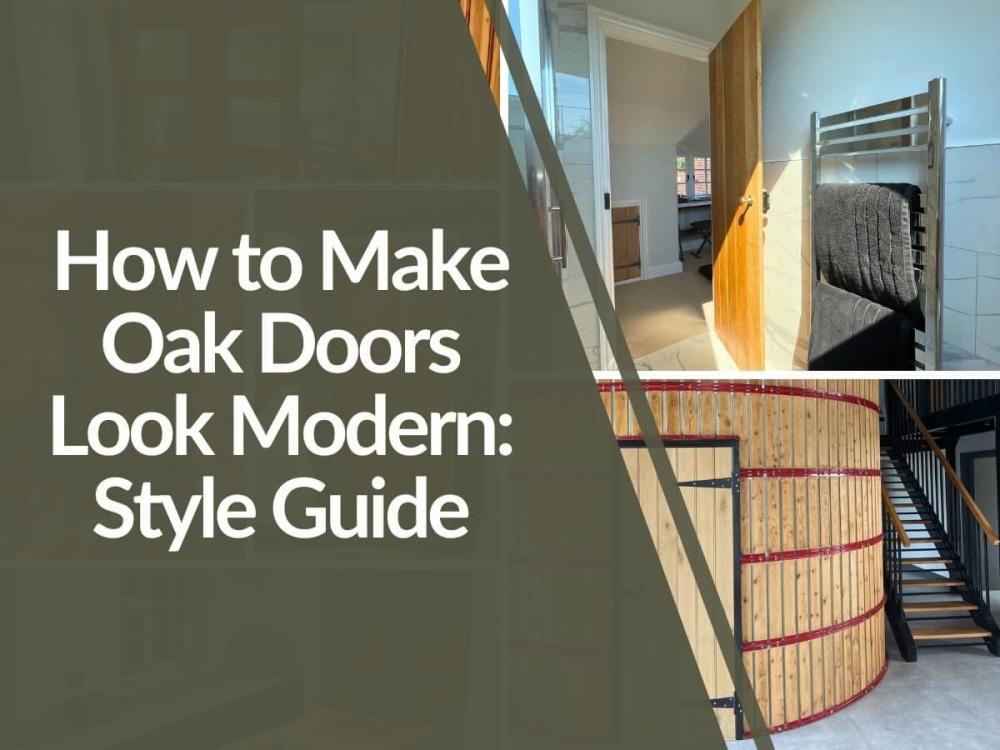Fitting a Fire Door: What You Need to Know
Fire doors play a vital role in improving the safety of any building. All new buildings should have fire doors that protect escape routes, including staircases and corridors. Even domestic dwellings should have fire doors if the building has more than two levels. Fire doors are something that are often overlooked or added as an afterthought just to comply with building regulations, but this is a big mistake. In the event that a fire does break out, a professionally-fitted fire door will slow the spread of fire and smoke, giving the fire brigade longer to reach the building, and potentially saving lives.
A fire door is not like a normal door; it must automatically swing closed and latch securely, otherwise there is no point in it being there. An incorrectly installed fire door may provide only 5-10 minutes of protection for the surrounding rooms. Correct installation is essential, so you should not attempt to install a fire door yourself, rather you should get a professional to install and test the door for you. Here are a few tips to help you choose the right fire doors for your home.
Who Needs a Fire Door?
You should have a fire door fitted in your home if your home has more than two levels. Loft conversions count as an additional level for this purpose. Any door that leads to a stairwell should be a fire door, if the door leads to a “habitable room”. There should also be a fire door between your home and your garage, and, if your home is a mixed-use building then there should be a fire door separating the residential area from the business area.
Are Signs Required?
Signs notifying people that the door is a fire door and that it must be kept unobstructed (and shut when not in use) are required in non-domestic properties, but are not required in your home. However, you should make sure that everyone in your home understands that the fire door is there for a reason, and that they should not make a habit of propping that door open.
What About Door Frames?
A fire door should offer a minimum of 30 minutes protection against fire. These doors usually have a very high density (between 450 and 650kg per cubic meter), and they tend to have hardwood frames and linings too. Industrial fire doors are often made of durasteel. In some cases it is OK to have a fire door fitted with your existing frames, but this is not a decision you should make yourself. It is best to have the door manufacturer examine the door and tell you whether you need a new frame. Some materials, such as ash, should never be used as frames for a fire door. MDF may be acceptable, depending on the type of door you choose, but again you should seek advice from the manufacturer before your make a purchase.
Your fire door manufacturer will tell you what you need to have done before installing the door. They may recommend a door stop be attached to your frame, and they may suggest that an entire new frame be fitted. Depending on the size and layout of your home, they may also recommend the use of smoke seals.
What Else Is Required?
A good, fully functional fire door is far more than just a door; the door installation includes the door leaf, the door stop, the frame, smoke seals, and any “essential ironmongery” such as hinges, latches, closers and locks. All of these must be third party certified, fully functional and installed correctly for the door to be effective. In addition, they must be compatible with each other. An ill-fitting hinge or a closer that is too weak for the door could render the door ineffective.
Can You Have Glazed Windows?
Yes, you can, but you must order ‘pre-glazed’ fire doors. It is not possible to add them to the door on-site, because modifying the door in this way will invalidate its certification. Any major changes to the structure of the door must be made, and tested, at the factory. You should not make changes like this to the door at home.
Once your fire door is fitted, it is your responsibility to check the hinges and latches regularly. The seals should be free from damage and consistent around the entire door, and there should be three sturdy hinges holding the door in place. The door should automatically close if it is opened to beyond five degrees, and should latch soundly. If the door fails these basic tests, then it should be repaired as soon as possible. In addition, if the door itself becomes damaged (for example is someone hits it when moving furniture around the house), then the entire leaf should be replaced. Even a small amount of damage can make it easier for a fire to spread.
Make sure everyone in your home knows that the door is not to be obstructed or propped open. Keep the routes to your exits clear of obstructions at all times, and be sure to test your smoke alarms regularly. Hopefully, you will never need your fire door, but it is good to know that it is there to protect you in the event that something does go wrong.
View our range of solid oak fire doors here








